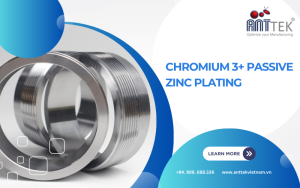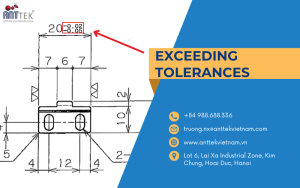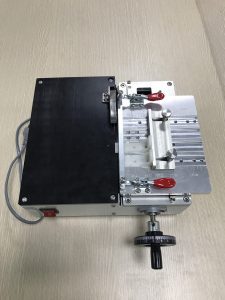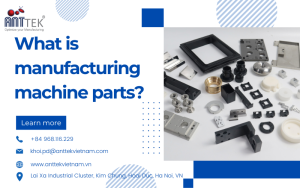Revolutionizing Manufacturing: The Advantages of CNC Combined Casting Processing
In the realm of manufacturing, innovation is a constant pursuit, driven by the need for efficiency, precision, and cost-effectiveness. One such innovation that has been making waves in recent years is CNC combined casting processing. This groundbreaking approach combines the versatility of Computer Numerical Control (CNC) machining with the strength and flexibility of casting, resulting in significant advancements in various industries. Let’s delve into what CNC combined casting processing entails and explore its numerous advantages.
Understanding CNC Combined Casting Processing
CNC combined casting processing involves the integration of CNC machining techniques with traditional casting methods. In traditional casting, molten metal is poured into a mold to create a solid object of desired shape. While casting offers flexibility in design and is suitable for producing complex geometries, the finished products often require additional machining to achieve precise dimensions and surface finishes. CNC machining, on the other hand, utilizes computer-controlled tools to remove material from a workpiece, allowing for high accuracy and repeatability. By combining casting with CNC machining, manufacturers can leverage the strengths of both processes to produce parts that are not only intricately designed but also meet tight tolerances and surface finish requirements.
Advantages of CNC Combined Casting Processing

Image: CNC combined casting processing products of Anttek Vietnam
Cost Efficiency
This processing can reduce production costs significantly compared to traditional manufacturing methods. By minimizing material waste and streamlining the production process, manufacturers can achieve cost savings without compromising on quality.
Design Flexibility
One of the most significant advantages of CNC combined casting processing is its ability to accommodate complex geometries and intricate designs. Since casting allows for the creation of virtually any shape, manufacturers have the freedom to innovate and push the boundaries of design without being limited by machining constraints.
Improved Mechanical Properties
The combination of casting and CNC machining enables manufacturers to optimize the mechanical properties of the finished parts. By strategically machining specific areas of the cast components, engineers can enhance structural integrity, strength, and durability, resulting in higher-performing products.
Reduced Lead Times
Traditional manufacturing processes often involve multiple steps and longer lead times. CNC combined casting processing streamlines the production workflow by integrating casting and machining into a single, efficient process. As a result, manufacturers can accelerate time-to-market and respond more quickly to customer demands.
Enhanced Surface Finishes
While casting alone may result in rough or uneven surfaces, CNC machining can achieve precise surface finishes with minimal imperfections. By combining the two processes, manufacturers can produce parts with superior surface quality, making them suitable for applications where aesthetics are crucial.
Scalability
CNC combined casting processing is highly scalable, making it suitable for both low-volume and high-volume production runs. Whether producing prototypes or mass-producing components, manufacturers can easily adjust the production parameters to meet demand without compromising quality or efficiency.
Applications of CNC Combined Casting Processing
The versatility of this processing makes it applicable across various industries, including aerospace, automotive, medical, and consumer electronics. From complex engine components to intricate medical implants, manufacturers can leverage this innovative approach to produce high-quality parts that meet the rigorous demands of modern applications.
In the aerospace industry, this processing is utilized to fabricate lightweight yet robust components for aircraft and spacecraft. The ability to achieve precise geometries and optimize mechanical properties is critical for ensuring the safety and performance of aerospace systems.
In the automotive sector, manufacturers use this processing to produce engine blocks, transmission housings, and suspension components. By integrating casting with CNC machining, automotive companies can achieve cost savings, improve fuel efficiency, and enhance vehicle performance.
In the medical field, this processing is employed to manufacture implants, prosthetics, and surgical instruments with intricate designs and biocompatible materials. The precision and customization capabilities of this approach are essential for meeting the unique needs of patients and healthcare professionals.
CNC combined casting processing represents a paradigm shift in manufacturing, offering unparalleled advantages in terms of cost efficiency, design flexibility, and product quality. By harnessing the synergy between casting and CNC machining, manufacturers can unlock new opportunities for innovation and stay competitive in an ever-evolving market landscape. As technology continues to advance, the adoption of CNC combined casting processing is poised to revolutionize industries and drive the next wave of manufacturing excellence.
















